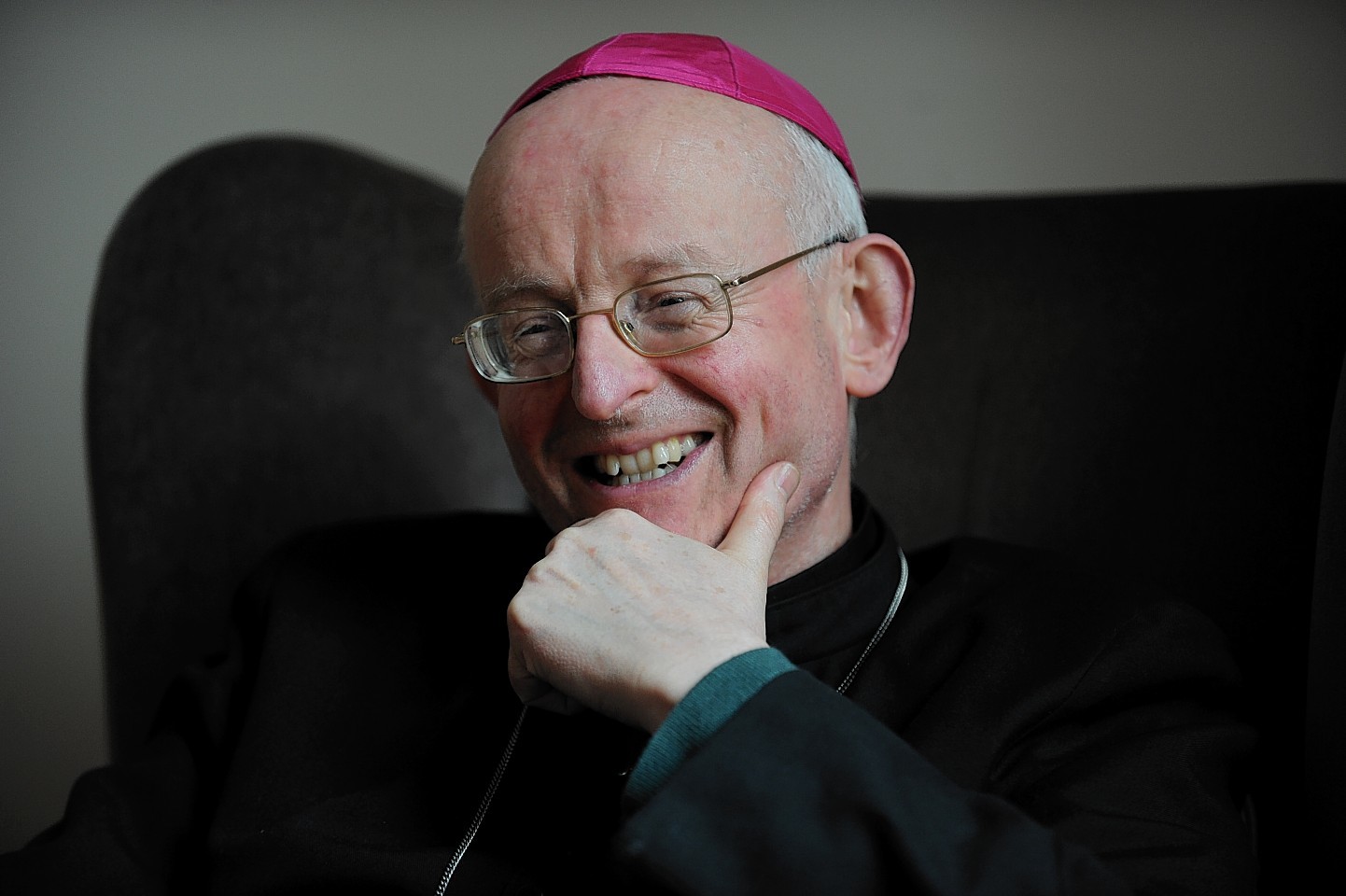Bishops from Scotland, England and Scandinavia congregated in Orkney at the weekend for an historic pilgrimage to mark the 900th anniversary of the death of St Magnus.
Three archbishops and nine bishops took part in the celebrations, which involved two pilgrimages to churches in Egilsay and Birsay and a series of 30-minute talks in honour of Magnus and his legacy.
The diocesan pilgrimage involved all of the bishops and archbishops from the Roman Catholic Church in Scotland, as well as from Oslo, Copenhagen and Westminster.
It is the first time there has been such a gathering of bishops in Orkney.
Reflecting on the pilgrimage, RC Bishop of Aberdeen Diocese, Hugh Gilbert OSB, said: “The whole pilgrimage has been blessed. The weather has harmonised with it, and the hearts of all the participants have been uplifted.”
Bishop Gilbert went on to call Sunday’s Mass at the cathedral a “highlight” of the celebrations, adding: “The occasion was historic, with bishops from Scotland, Denmark, Norway and England – the first time there had been such a gathering of bishops in Orkney.
“The Cathedral was full, with the Lord Lieutenant, representatives of the council and of several Christian denominations as well as pilgrims and visitors in attendance.
“The music, words and movement of the liturgy conspired with the Norman setting of Kirkwall’s Cathedral to lift spirits, recall St Magnus’ noble offering of his life for peace, and the life-giving fruits of peace, healing and creativity that have flowed from it. It was good to be reminded of the Christian inspiration of our culture.”
The events were held as part of Magnus900, a programme of activities celebrating the life of Orkney’s patron saint.
St Magnus was killed in Egilsay by his cousin Haakon. The year of his martyrdom is not known with certainty, but the most probable date is 1117.
Magnus was declared a saint about 20 years after his death and several miracles are associated with him.
His nephew, St Rognvald, built St Magnus Cathedral in his memory, starting in 1137.
When ready for consecration, the relics of St Magnus were transferred to the Cathedral and, in 1919, a hidden cavity was found in a column, containing a box with bones including a damaged skull.
These are regarded by the majority of people as the relics of St Magnus.
